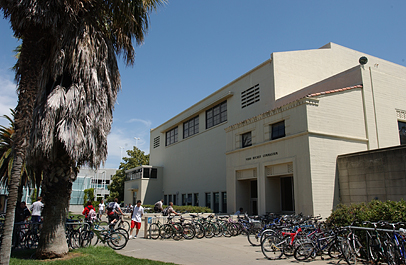Introduction
Exercise prescription is a fundamental aspect of many professions associated with healthcare and athletic performance (e.g. physical therapy, occupational therapy, athletic training, coaching, sports medicine). The professionals in these fields prescribe specific exercises (e.g. lunges, squats, knee extensions, jump/landings, sprint and cut) and movement mechanics (e.g. knees over the toes, keep limb segments aligned, knees bent, back straight, land on toes) to achieve specific outcomes (e.g. increased speed, increased strength, increased power, improved balance, increased flexibility, increased agility) that translate into improved health, physical fitness/performance and/or reduced risk for injury. Unfortunately, the exercises and movement mechanics people are instructed to perform to achieve a desired outcome are often inconsistent, not supported by clinical/basic research, nor supported by our understanding of anatomy and fundamental physical/physiological principles.
Objectives
The objectives of this site are to provide: (1) a review of common lower extremity exercises prescribed in athletic and rehabilitation training programs, (2) a summary of the evidence regarding the efficacy of these exercises and the movement mechanics recommended to use when performing these exercises, and (3) exercise and movement mechanics recommendations based on the evidence where possible. These objectives were achieved by reviewing clinical and basic science research, analyzing lower extremity anatomy, and conducting various movement mechanics analyses. Knee injuries are a focus of this site because they are extremely common and can be very debilitating, resulting in surgeries that account for up to 60% of sports related-surgeries.1 Knee injuries can limit participation in many daily activities. Injured individuals may need to use crutches or a wheelchair to get around, and put a hold on their favorite physical hobbies. Knee injuries can lead to long-term consequences such as osteoarthritis, the most common joint-related chronic condition.2
The exercises/movements considered here are the lunge, squat, knee extension, box jump and side/cross cut. These movements are considered in training/rehabilitation programs to:
- Improve athletic performance
- Prevent injury
- Rehabilitate an existing injury
Click on the different page headings above to learn about the interaction between anatomy, mechanics and the forces imposed on cartilage, ligaments and muscle-tendon units when a person performs a lunge, squat, knee extension, box jump and side/cross cut. The knee page provides general information about structures of the knee that are referenced in the various movement analysis pages.
References:
1. Ingram, J. G., S. K. Fields, E. E. Yard, and R. D. Comstock. “Epidemiology of Knee Injuries Among Boys and Girls in US High School Athletics.”The American Journal of Sports Medicine 6 (2008): 1116-122. Print.
http://www.ncbi.nlm.nih.gov/pubmed/18375784
2. “Osteoarthritis.” Arthritis Foundation. Web. 25 Jan. 2015. http://www.arthritis.org/arthritis-facts/disease-center/osteoarthritis.php

